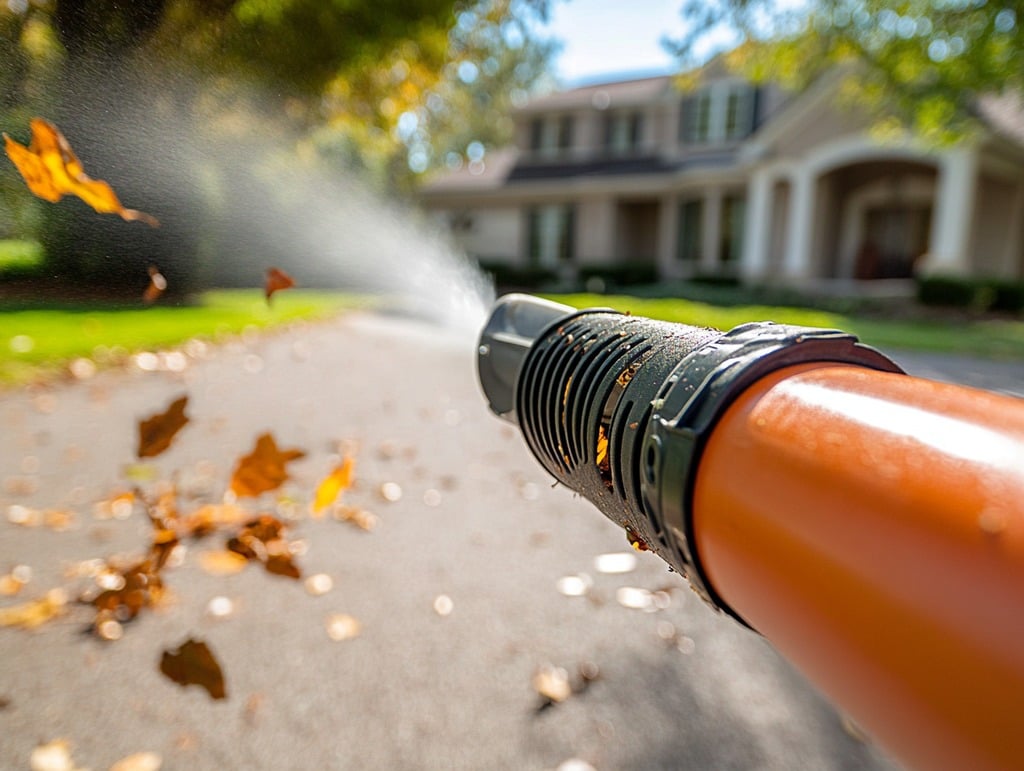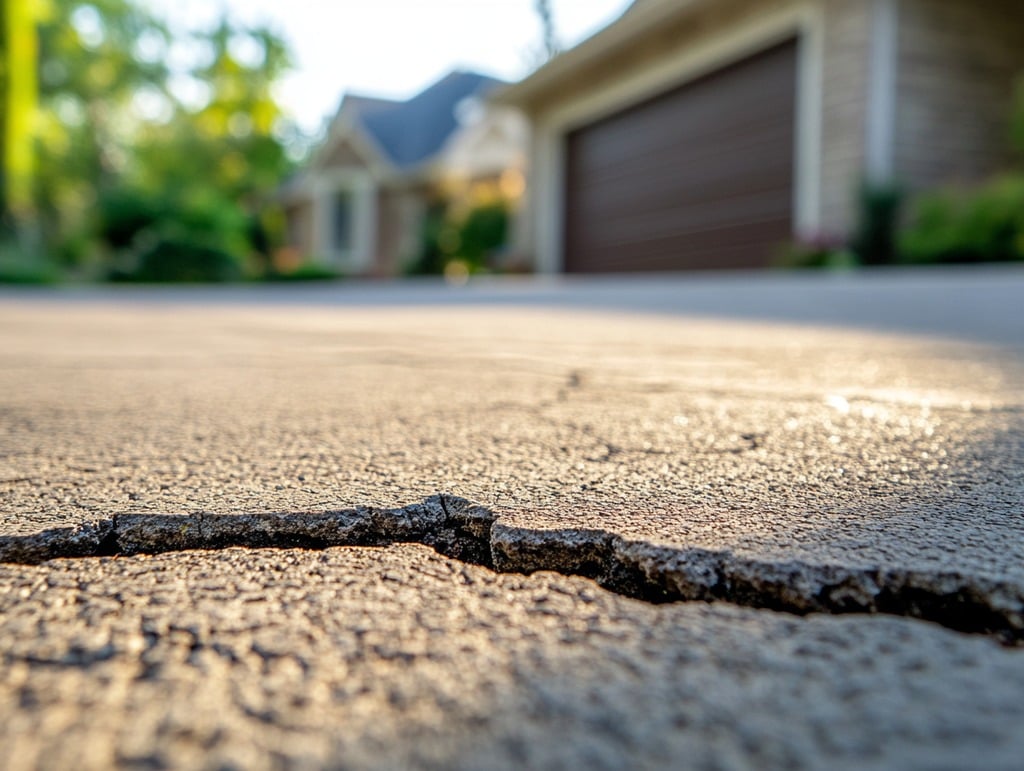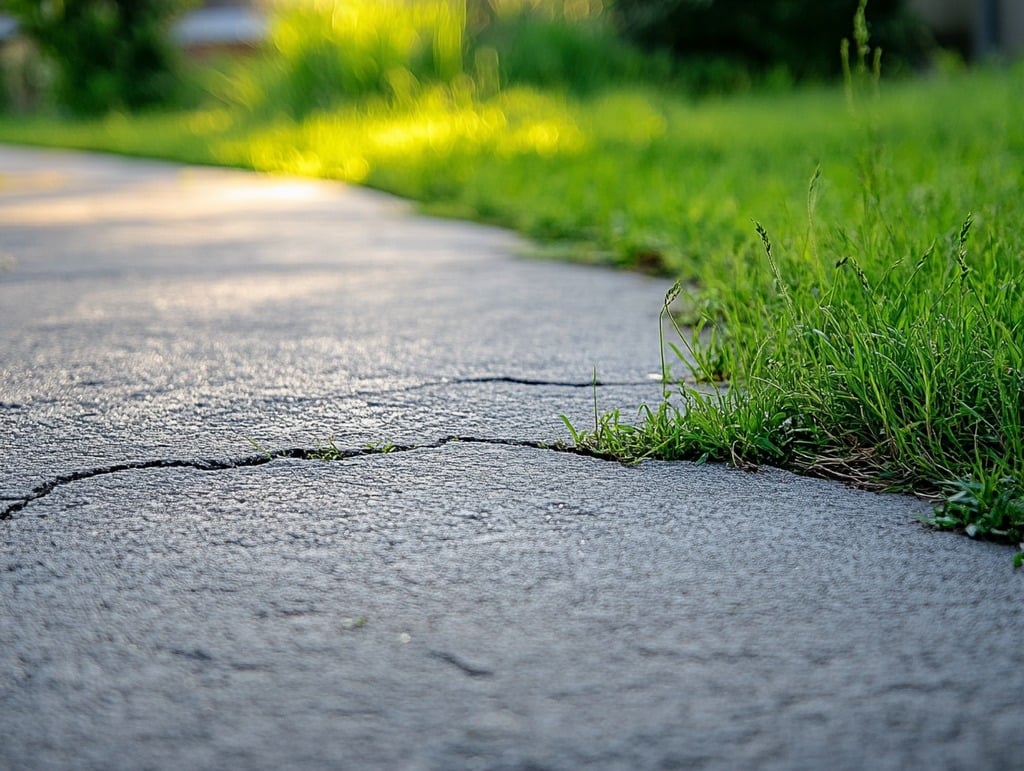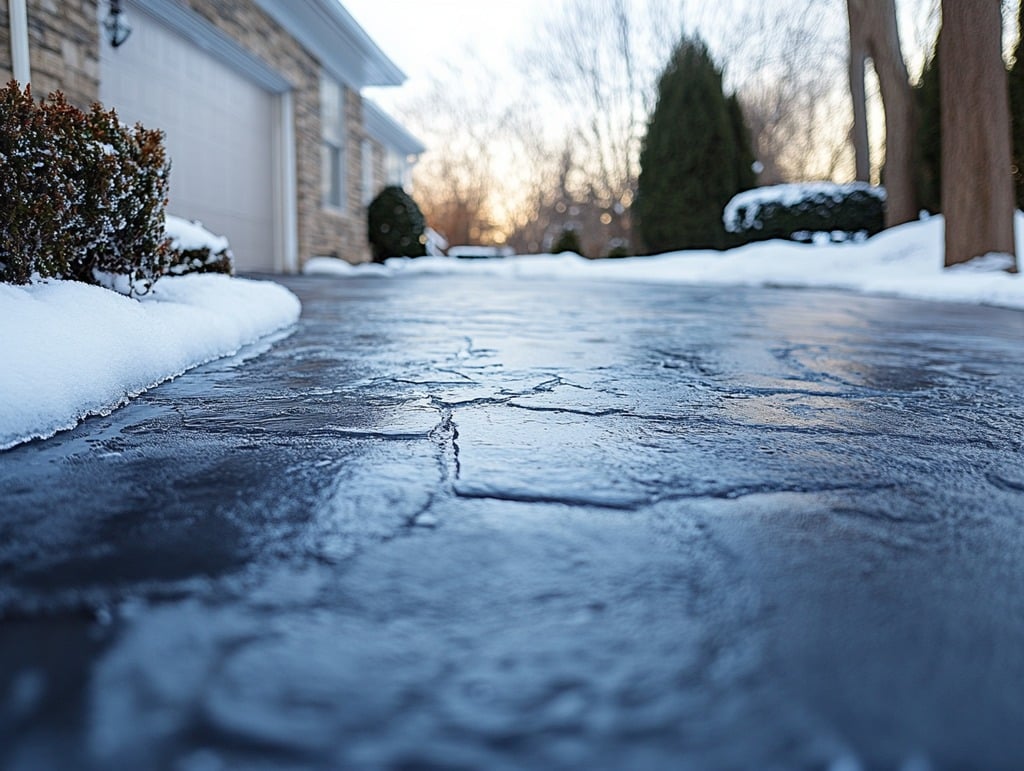A driveway is more than just a path to your home—it’s an investment that can add curb appeal and value to your property. But like all good investments, it requires some care to keep it in top shape. Over time, exposure to the elements, heavy loads, and general wear and tear can cause driveways to crack, fade, and even crumble if left unchecked. But here’s the good news: with a few proactive steps, you can maintain and even increase the longevity of your driveway, sparing you from costly repairs down the road.
This blog will guide you through the essentials of driveway maintenance, from regular cleaning to sealing cracks and avoiding common mistakes. Let’s dive in!
1. Keep It Clean and Clear
Dirt, leaves, oil stains, and other debris don’t just make your driveway look messy—they can actually lead to long-term damage. Here’s why regular cleaning is crucial:
- Oil and Grease Stains: These can seep into the driveway surface, breaking down materials and causing it to weaken over time. Clean oil stains immediately with a degreaser or baking soda and a stiff brush.
- Leaves and Organic Debris: When left on the driveway, leaves and plant debris can trap moisture, leading to mold and mildew growth. Regularly sweep or blow off your driveway to prevent this buildup.
- Regular Washing: A gentle power wash every few months can do wonders. Just be cautious—use a low-pressure setting to avoid damaging the surface, especially if your driveway is made of asphalt.
By keeping your driveway clean, you’ll prevent minor issues from turning into bigger, more expensive problems.
2. Fill Cracks and Seal Regularly
Over time, all driveways will experience small cracks. The trick is to deal with them as soon as they appear.
- Crack Filling: Small cracks allow water to seep in, which can cause the driveway material to expand and contract with temperature changes. This process accelerates damage. Use a quality crack filler to seal any gaps as soon as they appear.
- Sealing Your Driveway: For asphalt driveways, sealing is one of the most effective ways to protect the surface. Sealcoating creates a barrier against water, UV rays, and chemicals, preventing cracks and fading. Ideally, you should reseal your driveway every 2-3 years for optimal protection.
- Concrete Driveways: While concrete driveways don’t require sealing as often as asphalt, applying a penetrating sealant every 3-5 years can protect them from stains and moisture.
Think of sealants as a protective coat—they extend your driveway’s life and keep it looking fresh.
3. Watch Out for Heavy Loads
While driveways are designed to bear the weight of cars, heavy machinery, RVs, or large trucks can take a toll on their structural integrity.
- Avoid Parking Large Vehicles: Prolonged weight from heavy vehicles can cause dents, depressions, and even cracks. If you must park heavy machinery, try to do it for short periods or use plywood sheets to distribute the weight.
- Move Vehicles Around: For smaller vehicles, try not to park in the exact same spot every day. This can lead to uneven wear over time, especially with asphalt driveways.
By being mindful of the weight your driveway bears, you’ll help it maintain its strength and shape.
4. Ensure Proper Drainage
Water is the enemy of most driveway materials. If your driveway has poor drainage, water can pool on the surface or seep in, leading to cracks, potholes, and other issues.
- Check for Pooling Water: After a heavy rain, inspect your driveway for standing water. If you notice pooling, consider adjusting the slope or adding drainage solutions.
- Install a Drainage System: French drains or trench drains can be excellent solutions if water consistently collects on your driveway. These systems channel water away from the surface, reducing erosion and prolonging the driveway’s life.
- Repair Low Spots: If your driveway has developed dips or depressions, fill them in. These areas can become water traps, causing serious damage if left unaddressed.
Proper drainage keeps your driveway safe from the detrimental effects of water, helping it last longer.
5. Prevent Weeds and Grass from Taking Over
Plants can be surprisingly destructive when it comes to hard surfaces like driveways. Weeds and grass can grow through small cracks, widening them and making the surface unstable.
- Regularly Pull Weeds: As soon as you see any greenery sprouting up, pull it out by the roots. This is especially important along the edges of your driveway.
- Use Weed Killers Carefully: Chemical weed killers can be effective, but use them sparingly to avoid damage to the driveway material. Try natural options like boiling water or vinegar if you’re concerned about chemicals.
- Edge Your Driveway: Trimming back grass and plants along the edges of your driveway prevents roots from creeping underneath, which can lift or crack the surface.
Weed prevention isn’t just about looks—it’s about protecting the structural integrity of your driveway.
6. Protect Against Winter Damage
Winter can be brutal on driveways, especially in areas that experience freezing temperatures, snow, and ice.
- Shovel Regularly: Allowing snow and ice to accumulate can cause freezing and thawing cycles, leading to cracks. Use a plastic shovel to avoid scratching the surface.
- Avoid De-icing Chemicals: While salt and other de-icers are common, they can eat away at both asphalt and concrete. Opt for sand, kitty litter, or calcium magnesium acetate instead.
- Repair Winter Damage Promptly: After winter, inspect your driveway for new cracks or potholes and address them quickly to prevent further degradation.
Winter protection is essential for those in colder climates, as it helps your driveway withstand extreme temperature fluctuations.
7. Conduct Annual Inspections
It might sound excessive, but an annual inspection can help you catch issues early before they turn into big problems.
- Look for Cracks, Potholes, and Uneven Surfaces: Check for any new or expanding cracks. Filling these promptly will prevent them from worsening.
- Check for Fading or Surface Wear: If your driveway looks dull or worn, it may be time for a fresh seal coat.
- Examine Edges and Borders: Often, damage starts at the edges where the driveway meets grass or landscaping. Keep these areas clear of weeds and debris.
Regular inspections make it easy to stay on top of small issues before they become costly repairs.
FAQs
Q. How often should I seal my driveway?
A. Asphalt driveways benefit from sealcoating every 2-3 years. Concrete driveways, on the other hand, may only need sealing every 3-5 years.
Q. What’s the best way to clean oil stains from my driveway?
A. Baking soda, kitty litter, or a commercial degreaser can work wonders. Apply, let it sit, then scrub with a stiff brush and rinse.
Q. Can I use salt on my driveway in winter?
A. Avoid traditional de-icing salts, as they can damage the driveway’s surface. Sand or other eco-friendly alternatives are better options.
Wrapping It Up
Maintaining a driveway might seem like a hassle, but a little effort now can save you a lot of time and money in the long run. Regular cleaning, sealing, watching for cracks, and staying mindful of heavy loads all contribute to extending the life of your driveway. Remember, it’s not just about aesthetics—it’s about protecting a valuable asset to your home.
With these tips, you’re well on your way to a durable, long-lasting driveway that’ll keep looking good year after year. Happy maintaining!











